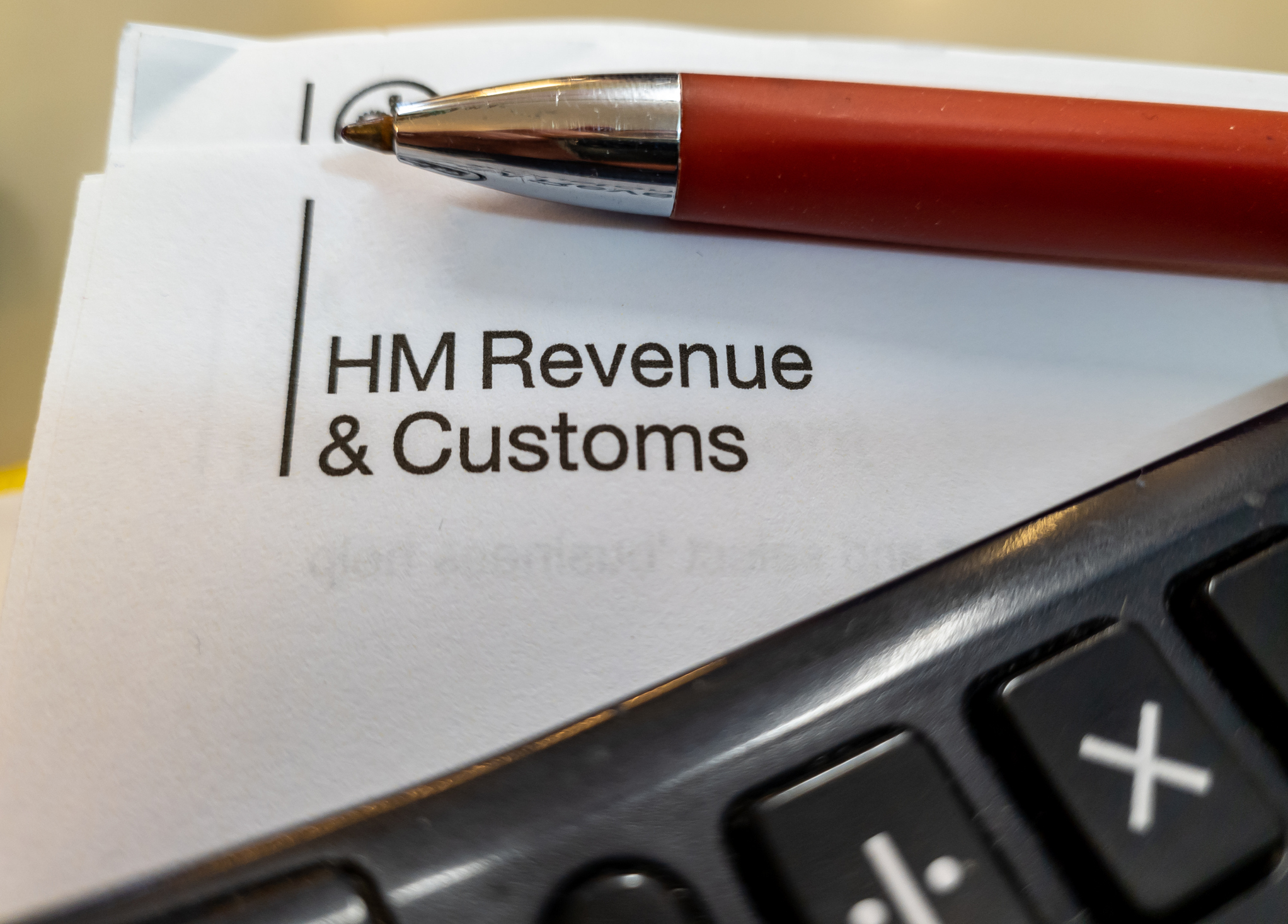
Date posted: 12th Feb 2024
We are increasingly hearing more and more about artificial intelligence (AI) and how its use can change our way of working both now and in the future.
AI is constantly evolving, but it generally involves machines using statistics to find patterns in large amounts of data, perform repetitive data tasks without the need for human input and most importantly ‘learn’ from experience. HMRC intends to enhance its use of this technology and is already putting procedures in place to take full advantage.
HMRC has been using advanced analytical technology for at least a decade with its use of the computer system “Connect” by pulling together information from various sources to identify potential cases of tax evasion and avoidance.
For example, Connect cross-checks property ownership data from the Land Registry, client lists from estate agents and online property rental ads against tax returns. The Valuation Office is supplied with rental data from agents and landlords and, as a government office, Connect uses this information. By this process, buy-to-let landlords who might be underpaying tax on their rental income or never declared the source of income in the first place can be detected. Other data sources include social media, flight sales and passenger information, DVLA records and UK Border Agency records, and the list is being added to all the time.
As of 1 January 2024, some online marketplaces and sales platforms (e.g. eBay) are now obliged to provide user data including names, addresses, dates of birth, bank account details and information on sales made through the platform. Anyone earning more than £1,000 a year from a trade must complete a tax return, although those selling personal items should be exempt from tax – read more about this here.
One area where HMRC intends to use AI capabilities is when taxpayers submit a tax return. HMRC believes that the ‘tax take’ could be increased by the use of what HMRC terms ‘nudges’ when a taxpayer submits a return. AI will be used to predict ‘triggers’ for when customers will be contacting HMRC with queries (e.g. following the issue of an updated tax code), thereby providing what HMRC terms ‘interventions’ so that taxpayers will no longer need to contact HMRC for the answers to the more fundamental questions.
The main area of interest to HMRC and where AI will be best suited to HMRC’s investigation work is to use AI’s ability to analyse and assess taxpayer behaviour and patterns of behaviour to ensure compliance with tax laws.
Analysis of data analytics will help identify high-risk areas and individuals, building cases for HMRC investigators – a more targeted approach saving resources and time. AI will also work with other tools such as geo-mapping (i.e. the process of taking location-based data including sales numbers, demographic info, etc) and use the resulting information to create a map. By pulling together all information collated from the various sources available, AI will learn to spot anomalies, identifying businesses that are potentially under-reporting their income or overstating their expenses, thereby targeting areas for an investigation.
Practical point
The value of AI to HMRC will not be in the collating of data (which it does already) but in the software’s ability to learn to analyse that data in a way that will enable HMRC to do its job.
If you have undeclared income or gains, it is best to come forward before HMRC come to you. As ever, we are here to help.


